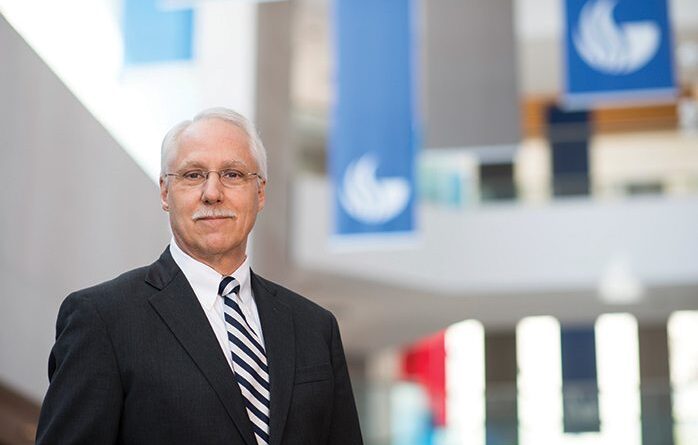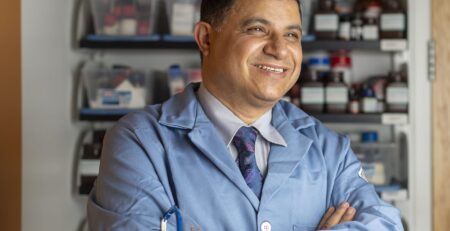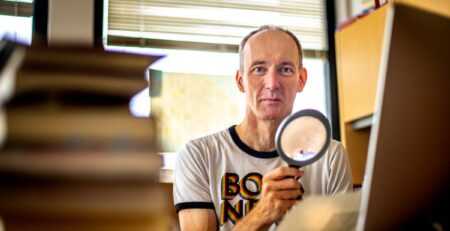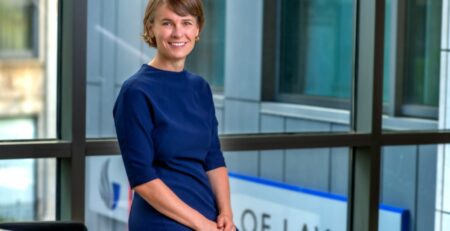FROM THE VICE PRESIDENT

In this issue of the Georgia State Research Magazine we highlight the university’s astroinformatics program, with special attention paid to what Regents’ Professor Douglas Gies rightly calls a “crown jewel” of research at the university: the CHARA Array.
Located across the country in Mount Wilson, Calif., CHARA — the Center for High Angular Resolution Astronomy — is one of the most powerful telescopes of its kind, allowing scientists to study stars in startling detail. It’s one of the most high-profile research facilities at Georgia State, but it’s by no means the only high- impact one.
For 20 years, we have operated one of a very small number of biosafety level four (BSL-4) labs in the country at a university. It’s where our faculty can safely conduct important research on select viruses and pathogens, working to design vaccines and treatments with the potential to save untold lives. And as Georgia State continues to grow our biomedical research portfolio, building more and better spaces for scientists to conduct their often-groundbreaking work is critical.
The third phase of our Science Park will soon allow us to expand the university’s research footprint. The building, which is in the design stage, will join Petit Science Center and Research Science Center on our downtown Atlanta campus. When completed in 2021, it will contain eight floors of biosafety-commissioned labs, including a floor of BSL-3 and BSL-4 labs for infectious disease work.
Having the right facilities is vital for a thriving public research university, which is tasked with not only training the next generation of scientists, but finding solutions to complex problems and producing the inventions of tomorrow. As science and technology continue to reshape our world, investments in spaces like Georgia State’s Science Park will enhance the university’s reputation — and our shared future.
Sincerely,
James A. Weyhenmeyer, Ph.D.
Vice President for Research and Economic Development













Leave a Reply